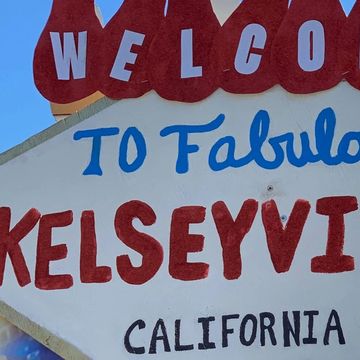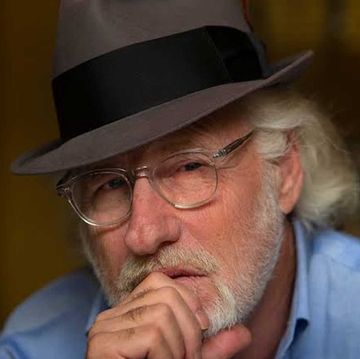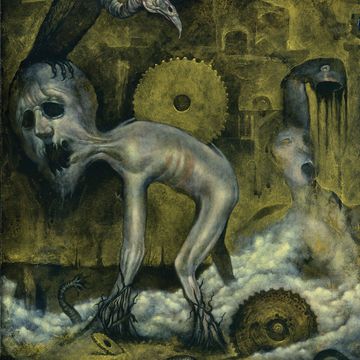Governor-elect Gavin Newsom will have to grapple with a variety of major issues, some of them longtime California topics, others left behind by outgoing Gov. Jerry Brown. While Brown’s second governorship has been much more productive than his first two terms four decades ago, many of his accomplishments still are works in progress, and he has sidestepped some knotty issues. He will be leaving a full plate for the more-liberal Newsom to address — or to continue to ignore.
HOUSING
Officials say the state needs to build 180,000 housing units a year, but only 100,000 are actually being built. Brown approved a bond issue and special tax to build more affordable housing, but that will close only part of the gap. He says overhauling the California Environmental Quality Act to make it easier to build housing and other projects is “the Lord’s work,” but he has been an agnostic, content to sign CEQA exemptions for single projects.
POVERTY
California’s sky-high housing costs drive a highest-in-the nation poverty rate, according to the Census Bureau. When the near-poor are added, according to the Public Policy Institute of California, roughly 40 percent of Californians, or 16 million people, are not making it. Brown and legislators have responded tepidly — creating a state earned income tax credit, for example — and California remains America’s poverty capital.
EDUCATION
Brown overhauled K-12 finance, removing restrictions on how state funds can be spent and giving school districts with large numbers of poor and/or English-learning students extra money to close their “achievement gap.” But education reformers complain that Brown has not sufficiently monitored spending by local educators.
HIGHER EDUCATION
The Public Policy Institute of California warns that California is producing too few college graduates to fill jobs in an increasingly tech-heavy economy. But state support for the three higher-education systems has, in relative terms, been declining for decades, leading to overcrowding and sharp increases in tuition and other fees.
TRANSPORTATION
One of Brown’s biggest big public works project is a north-south bullet train. Track is being laid in the San Joaquin Valley, but the project still lacks financing to extend it to a population center. The price tag is estimated at $77 billion, and state officials are considering a bond issue, backed by cap-and-trade revenue, to link the San Joaquin section to the Bay Area. The bullet train would reduce automotive travel by just 1 percent even if fully completed, so the car will still reign supreme, even though California has the nation’s worst traffic congestion.
BUDGET
Brown inherited a wall of debt from recession-spawned budget deficits. With recovery and a voter-approved tax increase, he balanced the budget and retired the debt. He and voters also created a rainy-day fund to cushion effects of future recessions. But the reserve is just a quarter of the $60 billion in lost revenue that even a moderate recession would cost the state over three years.
TAX REFORM
Income taxes supply 70 percent of general fund revenues, and the top 1 percent of taxpayers provide nearly half of those taxes, creating high volatility. Brown’s temporary tax increase in 2012 increased that dependency, worsening the potential downside of recession. Brown has sidestepped the idea of reducing the volatile dependence on taxes from the rich, but he also warns that the present system could drive the wealthy to flee to lower-tax states.
HEALTH CARE
Obamacare sharply expanded health care coverage in California, especially among the poor, but millions, especially undocumented immigrants, still lack coverage. Newsom and others have advocated universal single-payer coverage, but that would require at last $100 billion a year in new taxes, even if the feds agree to cooperate.
ENVIRONMENT
Brown made California a global leader in reducing greenhouse gases directly, such as shifting to renewable electrical power, and indirectly with a cap-and-trade system of reducing industrial emissions and encouraging low- and zero-emission cars. But more is needed. A warming planet would reduce winter snowfall and increase rainfall, degrading the Sierra snowpack as a natural reservoir. Several new manmade reservoirs have been proposed, but face stiff opposition.
CRIME
Brown’s first governorship was marked by a sharp increase in crime, and he responded with laws to put more felons behind bars and build more prisons. By the time Brown returned in 2011, crime rates had dropped sharply and prisons had eight times as many inmates. Under Brown, prison populations have dropped dramatically, and he has championed a reversal of lock-’em-up laws he once advocated. Still, some crime rates are now ticking upward.
Dan Walters has been a journalist for nearly 60 years, spending all but a few of those years working for California newspapers. At one point in his career, at age 22, he was the nation’s youngest daily newspaper editor. He joined the Sacramento Union’s Capitol bureau in 1975. In 1981, Mr. Walters began writing the state’s only daily newspaper column devoted to California political, economic, and social events. In 1984, he and the column moved to the Sacramento Bee, and in 2017 to CALmatters.org, a nonprofit news organization specializing in California issues. He has written more than 9,000 articles and his column appears in dozens of California newspapers, as well as those in other states. Mr. Walters has written about California and its politics for a number of other publications, including the Wall Street Journal, and in 1986, his book, The New California: Facing the 21st Century, was published in its first edition. The book later underwent revisions and became a widely used college textbook about socioeconomic and political trends in the state. He is also the founding editor of the California Political Almanacand the co-author of The Third House: Lobbyists, Money and Power in Sacramento, published by the University of California. Mr. Walters frequently appears on CNN, Fox, and other networks, commenting about political developments in California.












